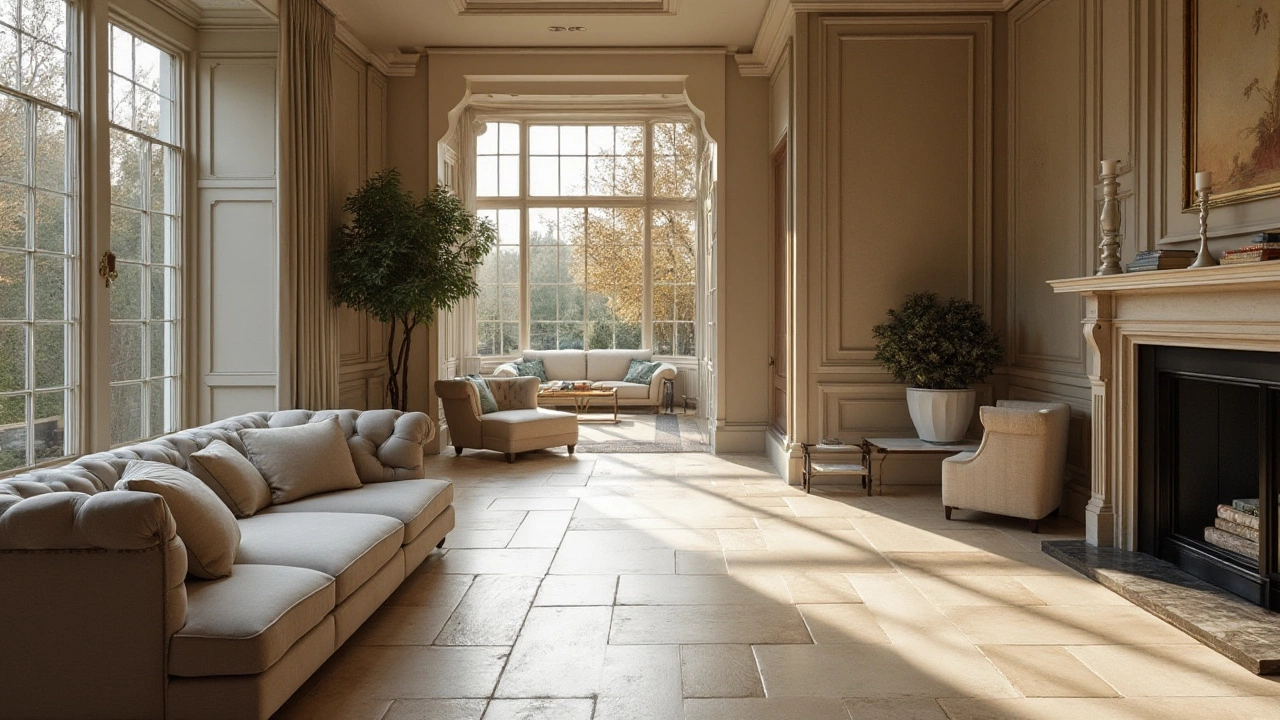Expensive Flooring: What Makes It Worth the Money?
When you walk into a room with a stunning floor, the first thing you notice is the wow factor. But why do some floors cost a fortune? It usually comes down to three things: the material itself, how hard it is to install, and how long it will last. Understanding these factors helps you decide if splurging is smart or just a flash.
Types of Expensive Flooring
Here are the most common high‑end options you’ll see on the market:
Natural stone – Marble, travertine and granite are classic choices. They’re heavy, need precise cutting, and each slab is unique, which drives up the price.
Solid hardwood – Real oak, walnut or mahogany boards can cost significantly more than engineered alternatives. The grain, finish and age of the wood all add to the cost.
Engineered hardwood – While technically not as pricey as solid wood, top‑grade engineered boards with a thick veneer layer can be pricey, especially when paired with a premium finish.
Luxury Vinyl Plank (LVP) – The newest LVP that mimics stone or wood can reach high price points because of advanced printing technology and thick wear layers.
Exotic bamboo and reclaimed wood – These materials offer a unique look and sustainability angle, but limited supply pushes the price up.
What to Look for Before You Pay
Don’t let a high price tag fool you. Check these three things first:
Durability – A floor that lasts 20‑30 years will save you money in the long run, even if the upfront cost is high. Look for wear‑resistant finishes and strong cores.
Installation complexity – Some materials need special tools, sub‑floor prep or skilled installers. Get a clear quote that separates material cost from labor.
Maintenance needs – High‑end stone may need regular sealing, while hardwood needs periodic refinishing. Factor those future costs into your budget.
If you’re on a tight budget, consider mixing materials. Use expensive flooring in high‑traffic zones like the living room or kitchen, and choose a more affordable option in bedrooms or hallways. This way you get the luxury feel where it matters most without breaking the bank.
Finally, shop around for samples. Seeing a small piece on your own floor under your lighting can reveal how the colour will change throughout the day. And always ask the installer about warranty coverage – a good warranty can protect your investment for years.
Bottom line: Expensive flooring isn’t just about price; it’s about quality, longevity and the visual impact it brings to your space. By understanding the material, installation and upkeep, you can make an informed choice that adds real value to your home.
Luxury Flooring Ideas That Look Expensive
- Gavin Whitaker
- |
- |
- 0
Choosing the right flooring can transform a room into a luxurious space without breaking the bank. This article explores different flooring options that provide an expensive look, including natural stone, hardwood, and high-end laminate. By understanding the materials and their unique qualities, homeowners can make informed choices for enhancing their interiors. The article offers practical tips and insights to achieve a sophisticated appearance with cost-effective solutions.
View more